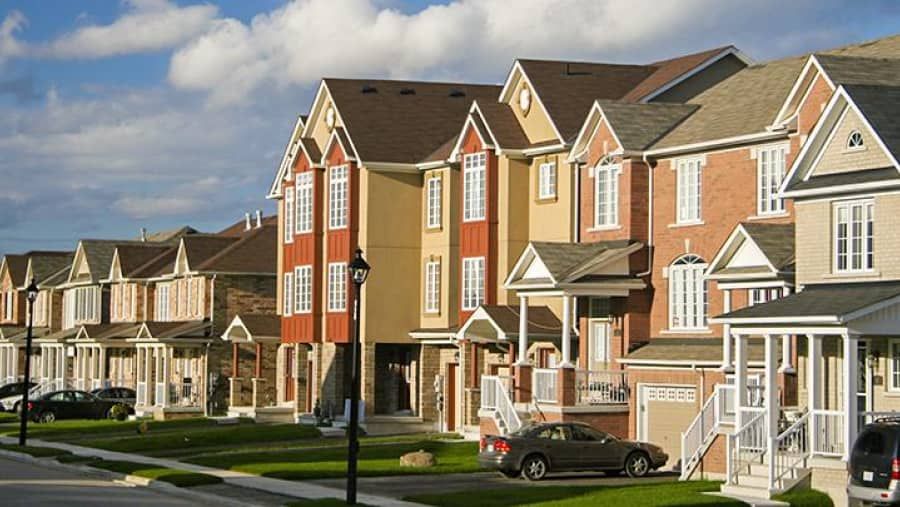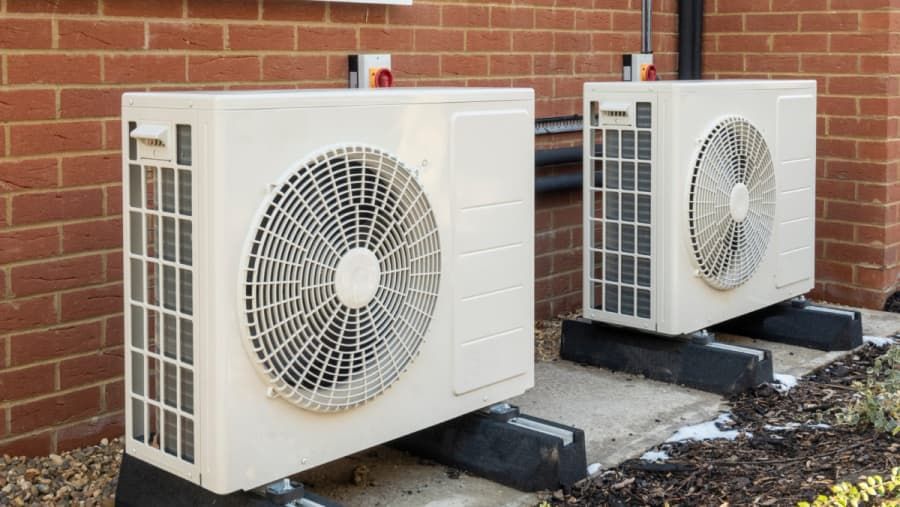Subsidized Housing in Each State: The Huge Differences
Subsidized housing is a crucial component of the affordable housing landscape in the United States, the degree to which states prioritize and invest in subsidized housing can vary significantly. In this article, we'll take a closer look at which states have the most and least subsidized housing.

States with the Most Subsidized Housing
According to the latest data from the Department of Housing and Urban Development (HUD), the states with the highest percentage of subsidized housing units are:
1. New York: With over 1 million subsidized housing units, New York leads the nation in the provision of this vital resource. The state's extensive public housing system, coupled with robust investments in programs like Section 8 vouchers and low-income housing tax credits, have helped to make New York a national leader in affordable housing.
2. California: As the most populous state in the country, California has a significant need for subsidized housing. With over 800,000 subsidized units, the state has made substantial investments in programs like the Low-Income Housing Tax Credit (LIHTC) to encourage the development of affordable housing.
3. Texas: Texas, the second-most populous state, has nearly 700,000 subsidized housing units. The state's large urban centers, such as Houston and Dallas, have driven much of this investment, as these areas grapple with high housing costs and significant affordable housing shortages.
These states' commitments to subsidized housing can be attributed to a variety of factors, including:
1. High costs of living and housing.
2. Significant low-income populations in need of affordable housing.
3. Proactive state-level policies and funding initiatives to support the development and maintenance of subsidized housing units.
States with the Least Subsidized Housing
In contrast, some states have relatively low levels of subsidized housing compared to their overall populations. The states with the smallest percentages of subsidized housing units include:
1. Montana: With approximately 17,000 subsidized housing units, Montana rounds out the top three states with the least subsidized housing. The state's rural nature and dispersed population have presented unique challenges in the provision of affordable housing.
2. North Dakota: With just over 10,000 subsidized housing units, North Dakota has the lowest percentage of subsidized housing in the country. The state's relatively low cost of living and smaller population have contributed to a lower overall need for subsidized housing.
3. Wyoming: Similar to North Dakota, Wyoming's smaller population and lower housing costs have resulted in a relatively small subsidized housing sector, with around 11,000 units statewide.
The low levels of subsidized housing in these states can be attributed to a combination of factors, including:
1. Lower overall housing costs and less demand for subsidized housing.
2. Smaller populations and lower concentrations of low-income residents.
3. Limited state-level funding and policy initiatives to support the development of subsidized housing.
Balancing Subsidized Housing Needs
The disparities in subsidized housing across the United States highlight the complex and often regionally-specific nature of affordable housing challenges. While states with large urban centers and high costs of living have prioritized the development of subsidized housing, some less populous and lower-cost states have struggled to address the needs of their low-income residents.
Moving forward, policymakers and housing advocates will need to continue to work towards a more equitable distribution of subsidized housing resources, ensuring that all Americans, regardless of their state of residence, have access to safe, stable, and affordable housing. This may involve increased federal funding for subsidized housing programs, as well as the implementation of state-level policies and initiatives to incentivize the construction and preservation of subsidized housing units.
By addressing these regional imbalances and investing in the provision of subsidized housing, states can help to ensure that all individuals and families have the opportunity to access the housing they need to thrive and succeed.
Guess you like
-

Cheap Mobility Scooters for US Seniors
-

Where to Find All-Inclusive Luxury Overwater Bungalows Without Straining Your Budget
-

How to Choose the Right Online Marketing Degree
-

Unlock Affordable High-Speed Internet for Businesses
-

Why We Need Cybersecurity Software to Protect Our Data
-

Heat Pumps: A Wise Choice for Heating Old Buildings?



